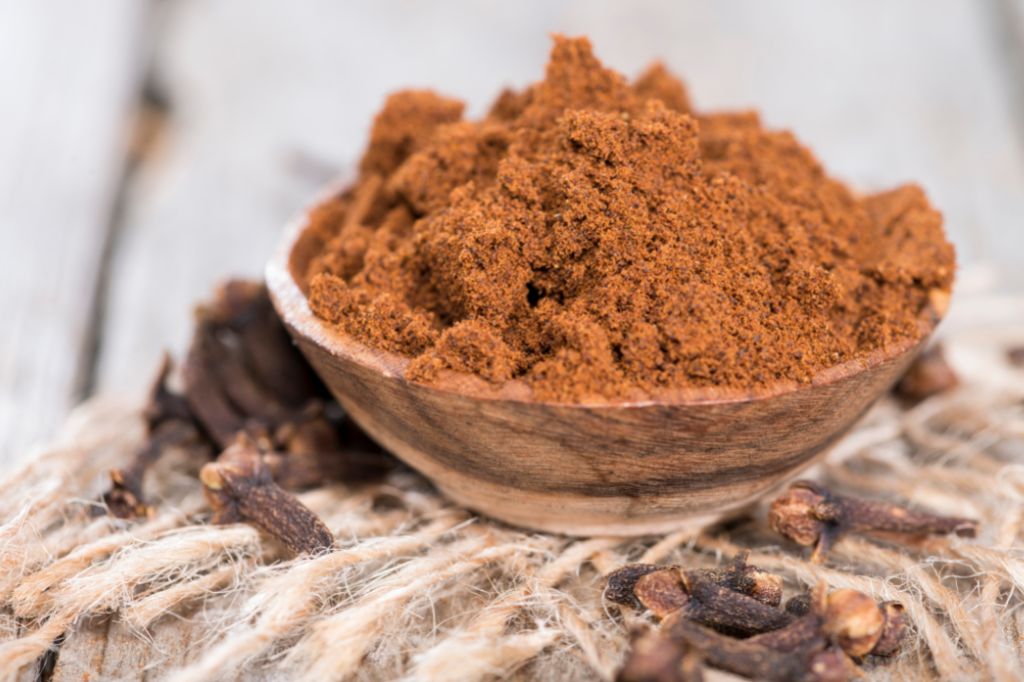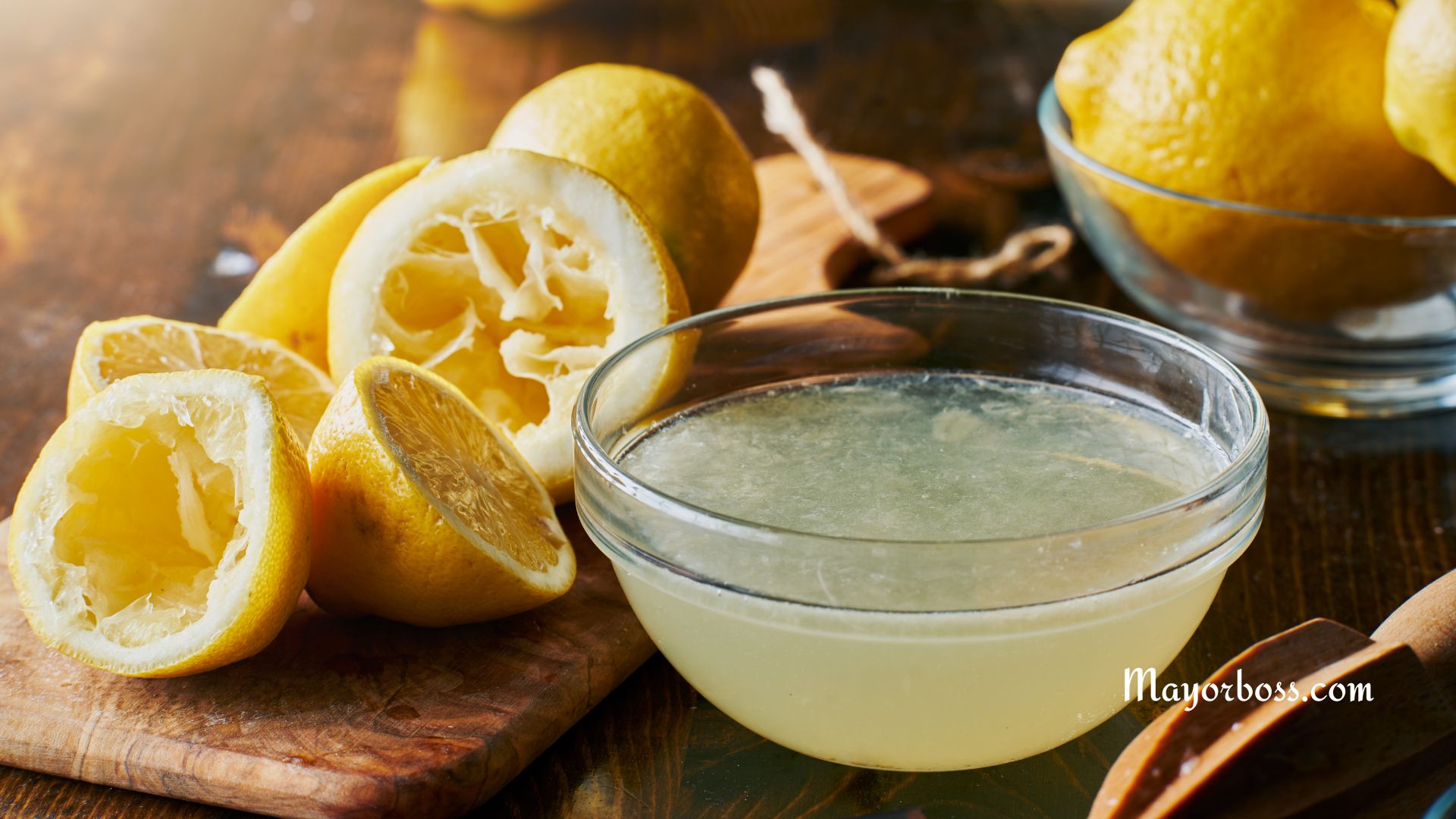10 Natural Painkillers That Can Help Reduce Pain
When you’re in pain, it’s easy to want to grab some medicine right away. But did you know there are natural options that can help ease pain without the side effects that often come with regular medicine? Please continue reading to learn ten natural ways to help reduce pain.

Turmeric Can Help with Pain
Turmeric is a popular spice used in cooking, especially in Indian food. But it’s not just good for flavor—it also has a compound called curcumin that helps fight inflammation by blocking certain enzymes and chemicals in the body that lead to swelling and pain. Inflammation is what causes pain in many conditions, like arthritis. You can add turmeric to your food, mix it with milk, or take it as a supplement. For the best results, use turmeric with black pepper, which helps your body absorb it better.
Ginger Can Help with Pain Like Some Medications
Ginger isn’t just good for upset stomachs—it can also help with pain. A study published in 2020 found that ginger can help reduce pain and inflammation, much like over-the-counter pain medications. It’s especially helpful for sore muscles and arthritis. You can make ginger tea, add it to your meals, or take it as a supplement. The National Library of Medicine says that ginger’s active components, like gingerol, help reduce inflammation and pain.
Capsaicin from Chili Peppers Is a Powerful Pain Reliever
Capsaicin is the chemical that makes chili peppers spicy, but it also works as a natural painkiller. Capsaicin reduces a chemical in the body called substance P, which sends pain signals to the brain. Mayo Clinic says capsaicin creams are used on the skin to help with joint pain, nerve pain, and some skin issues.
For best results, apply a thin layer of capsaicin cream to the affected area up to three to four times a day. Be sure to wash your hands thoroughly after application, and avoid contact with eyes or broken skin, as it can cause a burning sensation. It can take a few weeks of regular use to feel the full effect, but many people find it very helpful for pain in specific areas.
Willow Bark Works Like Nature’s Aspirin
Willow bark has been used for hundreds of years to treat pain and swelling. It has salicin, which works similarly to aspirin. According to WebMD, willow bark can help with lower back pain, arthritis, fever, flu, muscle pain, and headaches. It’s usually taken as a tea or supplement, but be careful if you are allergic to aspirin or have other health issues.
Cloves Can Help Reduce Toothache and Swelling
Cloves are more than just a spice for baking. They have eugenol, which is known for reducing pain and inflammation. Cloves have been used for a long time to help with toothaches. Health experts say you can chew on a clove or use clove oil on the painful area to help numb it. However, you should always ask your dentist before using clove oil for dental problems.
Acupuncture Can Help with Chronic Pain Relief
Acupuncture is an old Chinese practice where thin needles are placed in specific spots on the body to help with energy flow and reduce pain. Studies show that acupuncture can help with long-term pain, like back pain, arthritis, and migraines. In fact, one study found that about 50% of people who tried acupuncture for chronic pain experienced significant improvement in their symptoms. Harvard Medical School says acupuncture works by stimulating nerves and muscles, which can help the body release natural painkillers called endorphins.
Omega-3 Fatty Acids Help Lower Inflammation
Omega-3 fatty acids, found in fish like salmon and seeds like flaxseeds, are known for helping reduce inflammation. Research shows that omega-3s can reduce joint pain and stiffness, especially in people with rheumatoid arthritis. You can get omega-3s by eating fish, walnuts, and chia seeds or by taking a fish oil supplement. The American Heart Association says eating fish twice a week can help lower inflammation. Fatty fish like salmon, mackerel, sardines, and trout are especially good sources of omega-3s.
Lavender Oil Can Help with Headaches and Muscle Pain
Lavender essential oil is often used in aromatherapy to help with pain and stress. And now, multiple studies have shown that breathing in lavender oil or using it on the skin can help with headaches and sore muscles. The calming effect of lavender makes it good for headaches caused by stress. You can use lavender oil by putting a few drops in a diffuser, mixing it with a carrier oil for a massage, or adding it to a warm bath.
Arnica, a Flower Extract, Can Help with Swelling and Bruising
Arnica is a plant that has been used for a long time to help with pain, bruises, and swelling. Studies show that using arnica cream or gel can help with pain from bruises, sprains, and arthritis. In fact, Dr. Candice Price, a chiropractor specialist, told Cleveland Clinic, “Arnica is very similar in how it works and functions to diclofenac and ibuprofen,”
Experts say arnica works best if used soon after an injury to reduce swelling and promote healing. Just be sure not to use it on broken skin.
Epsom Salt Baths Help Soothe Sore Muscles
Epsom salt, which is made of magnesium sulfate, is often used in baths to help with sore muscles and pain. Magnesium is important for muscle function, and soaking in an Epsom salt bath can help relax your muscles and reduce swelling. Doctors say adding one to two cups of Epsom salt to a warm bath and soaking for about 20 minutes can help ease sore muscles and joints. However, people with certain conditions, like heart problems, diabetes, or kidney issues, should consult their doctor before using Epsom salt, as it may not be safe for everyone.
The Takeaway
These natural painkillers can help with different types of pain, but they are not a replacement for medical treatment, especially for serious health problems. Always check with your doctor before trying any new treatment to make sure it’s safe for you. Still, adding these natural remedies to your routine might give you some extra relief without the side effects of regular pain medicines.






